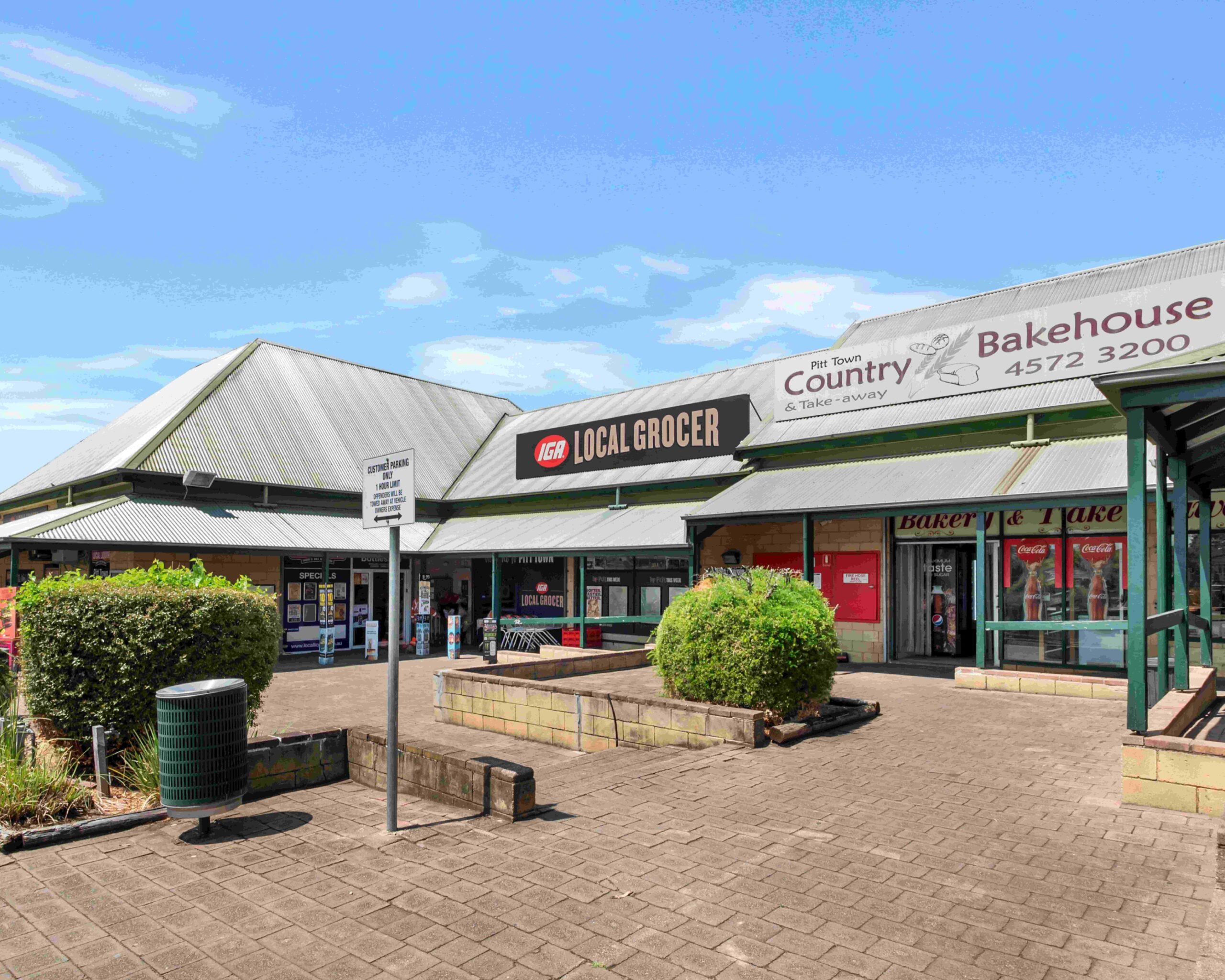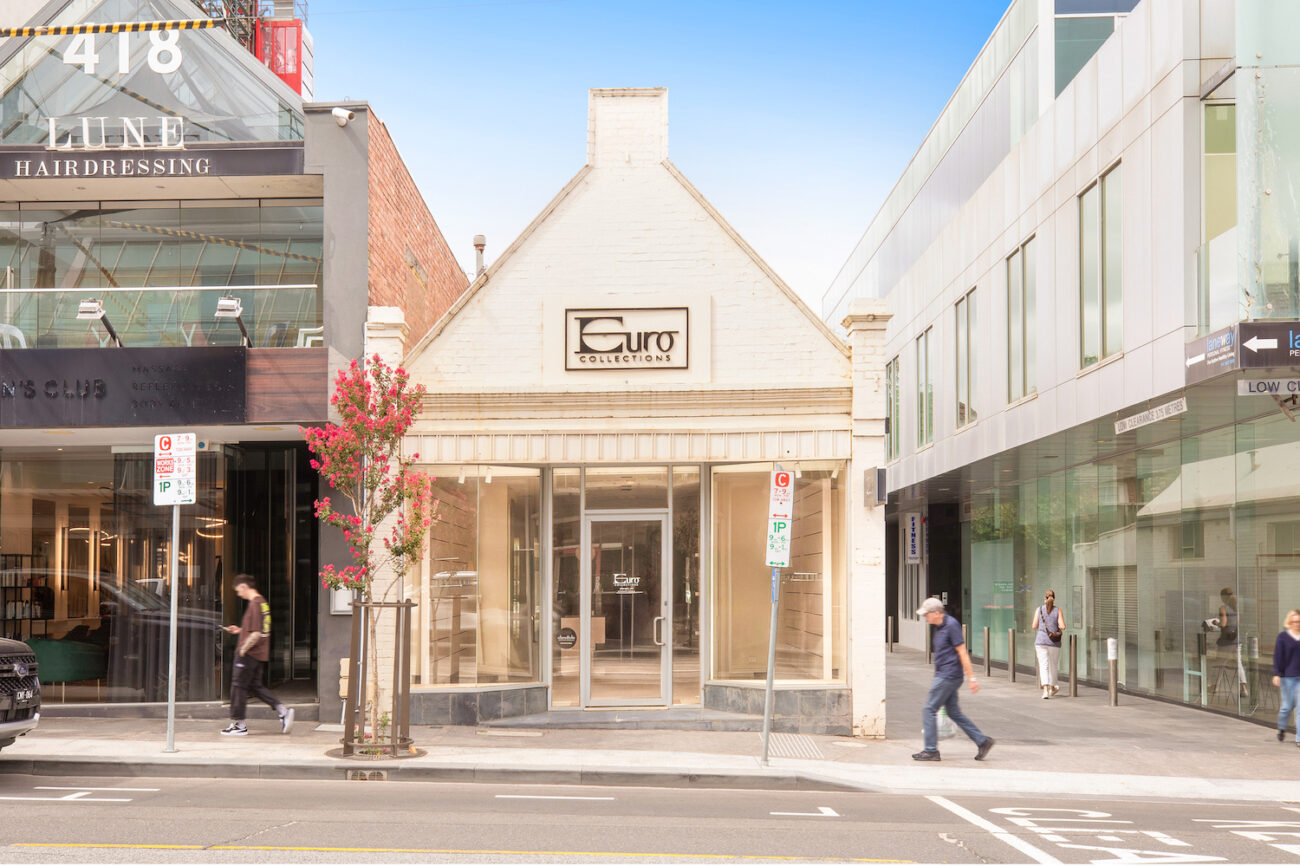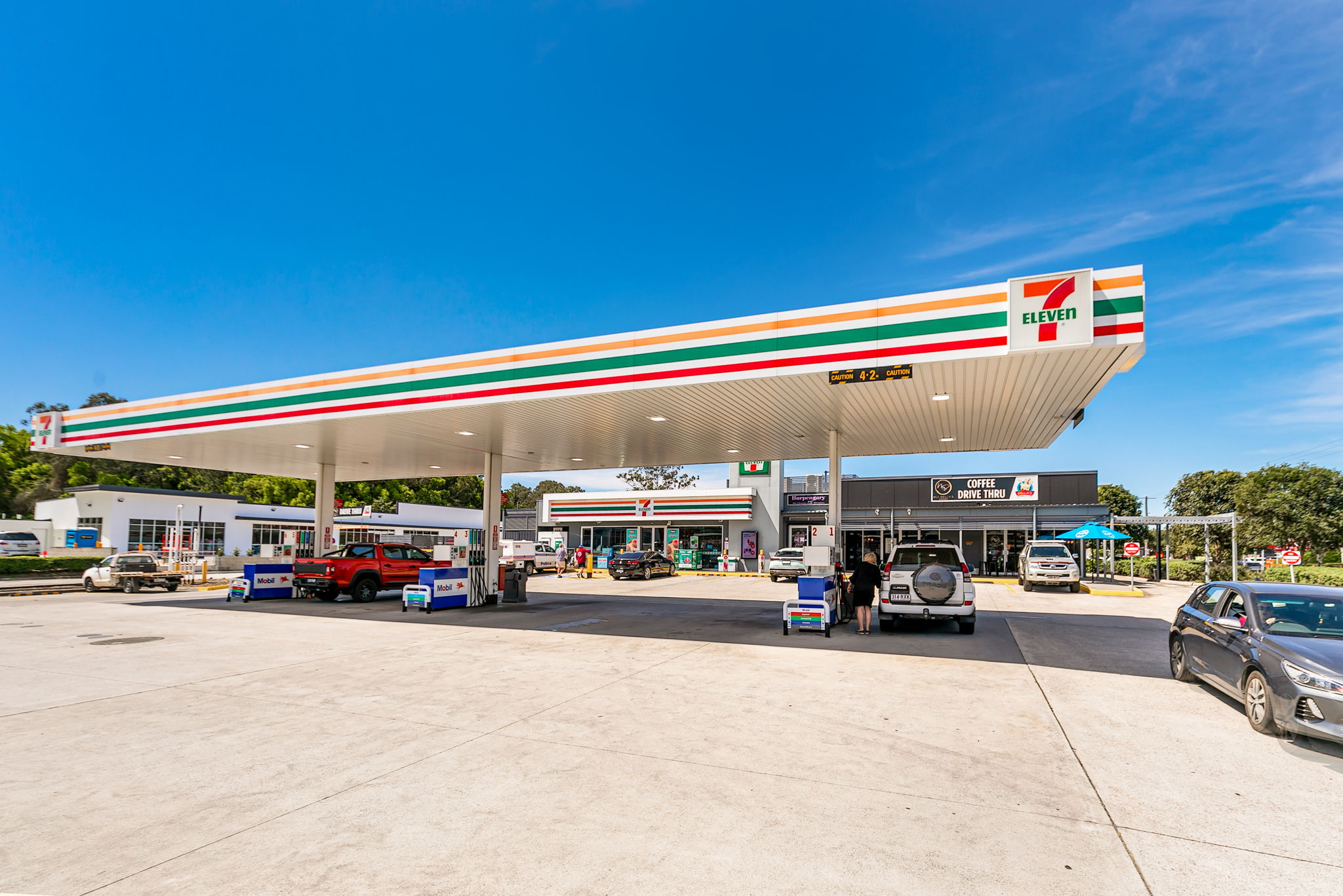
Investor demand for fast food assets is gaining momentum with yields continuing to firm as buyers seek secure, income-producing investments, according to a report by Burgess Rawson.
Burgess Rawson’s latest Fast Food Industry Insight, found yields in Australia’s fast food property sector have tightened to an average of 4.69%, reflecting intensifying competition among investors for these secure assets.
Burgess Rawson National Director of Research and Data, Jesse Lapham, said fast food remains one of the most competitive segments of the market.
“Yields have compressed significantly over the past five years, and that trend is continuing in 2025. Quality assets are still attracting multiple bidders, particularly those with strong national tenants.”
Burgess Rawson National Partner, Yosh Mendis, said leading brands like McDonald’s command average yields as low as 3.31%, underlining their status as safe, high-performing investments. “Their long leases, global recognition, and prime locations appeal strongly to private investors and SMSFs.”
“Assets leased to brands like McDonald’s, KFC and Hungry Jack’s are seen as the safest bets and ‘bond-like’ investments in today’s market. These tenants provide long-term income, minimal risk, and a level of certainty that is hard to find elsewhere.”
The report also highlights a notable shift in regional versus metro asset performance. Regional cap rates averaged 4.71%, outperforming metro cap rates at 4.08%. This is largely due to newer builds, stronger depreciation benefits, and expanding brand footprints in regional areas.
The report found that total fast food sales reached $85.97 million across 16 transactions in the second half of last year, while the first half recorded $57.2 million in sales.
Mr Mendis said this year has seen $23.415 million in fast food transactions with this figure set to double supported by the sales of two assets leased to McDonald’s which are being offered for sale through Burgess Rawson.
Australia’s fast food sector continues to grow steadily, with revenues projected to reach $29.7 billion in 2025 and the number of businesses expected to increase by 2.9% to 26,824 outlets nationally. With one outlet for every 994 Australians, consumer demand remains strong and consistent.
Euromonitor forecasts a 32% growth in Australia’s quick service restaurant market over the next five years, boosted by new entrants such as Wendy’s increasing competition and innovation.






